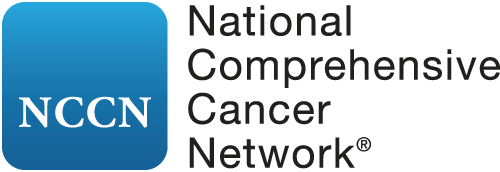Potential Effect of Antigen Drive on T-Cell Repertoire in CLL
Posted: Thursday, March 5, 2020
In a study published in the journal Haematologica, a high-throughout sequencing approach was used to describe the T-cell receptor beta chain gene repertoire to understand the development of chronic lymphocytic leukemia (CLL). Andreas Agathangelidis, PhD, of the Università Vita-Salute San Raffaele, Milan, Italy, and colleagues determined distinctions between variations of low-count monoclonal B-cell lymphocytosis.
“The existence of more pronounced T-cell expansions in [low-count monoclonal B-cell lymphocytosis] compared to age-matched healthy individuals indicates that antigen drive could have an effect on the T-cell repertoire, yet more limited compared to CLL,” the authors concluded.
A total of 48 samples from patients from Val Borbera, Italy, with low-count monoclonal B-cell lymphocytosis (“CLL-like,” n = 41; “other” subtypes, n = 7), and 17 samples from healthy controls were used in the study. TRBV-TRBD-TRBJ gene rearrangements were amplified via polymerase chain reaction, sequenced on an MiSeq Sequencer, and bioinformatically processed. The technique identified 2,357,648 distinct TRB clonotypes, of which 1,006,126 were expanded, and the rest (n = 1,351,522) were singletons. The expanded clonotypes were larger in “CLL-like” low-count monoclonal B-cell lymphocytosis (0.018%, range = 0.003%–0.14%) compared with “other” subtypes of low-count monoclonal B-cell lymphocytosis (0.007%, range = 0.001%–0.04%) and the “healthy” category (0.01%, range = 0.002%–0.012%).
“The nature of the implicated antigen(s) and whether they are related to the [low-count monoclonal B-cell lymphocytosis] clone remains to be clarified,” the investigators commented. “Furthermore, despite overall similar TRBV gene usage and degree of oligoclonality, shared clonotypes were scant, thus indicating that the antigenic stimuli and/or immune processes shaping the TR profiles in [low-count monoclonal B-cell lymphocytosis] and CLL are probably different.”
Disclosure: For disclosures of the study authors, visit haematologica.org.



